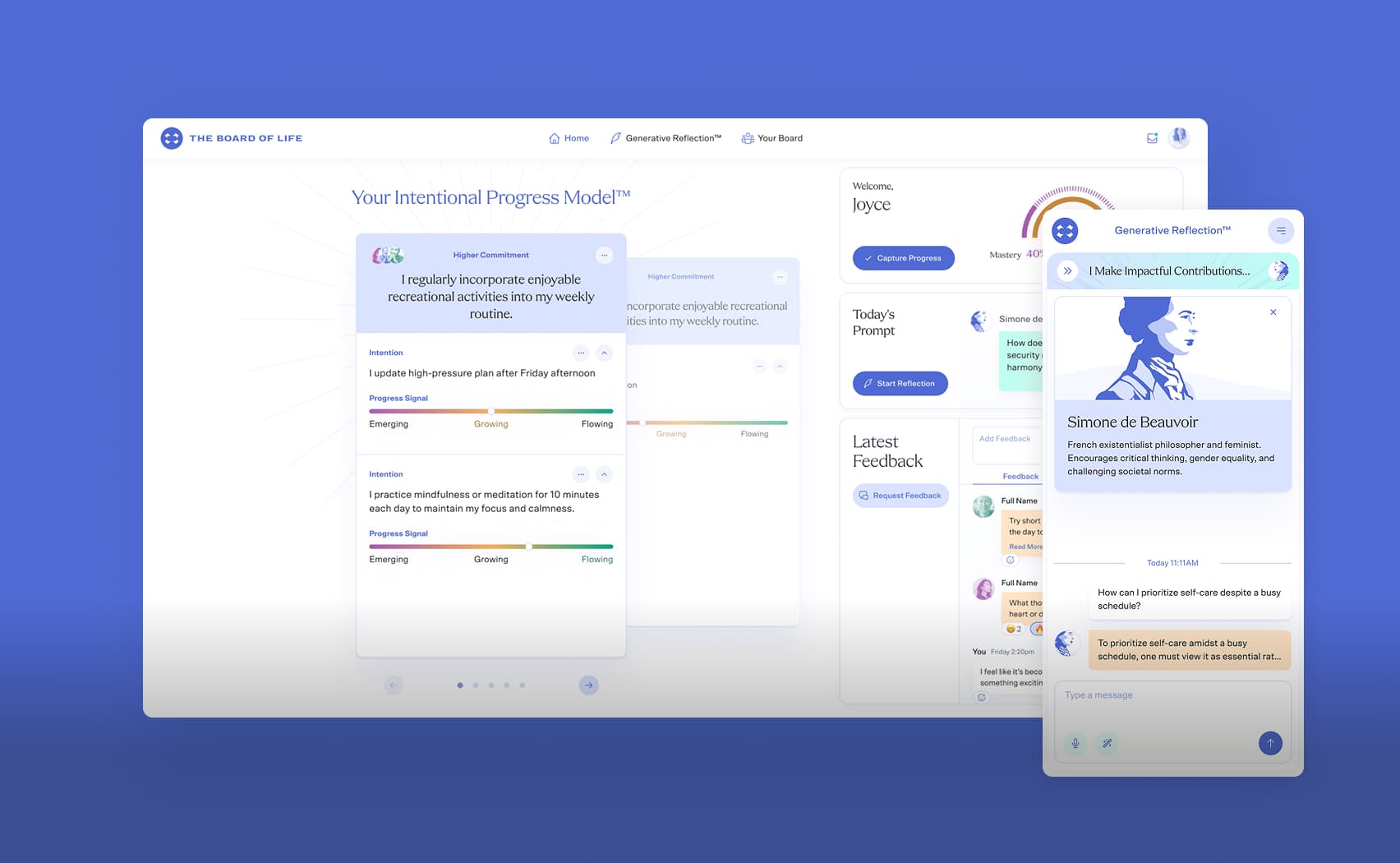What Is Refactoring (And Why Is It Useful)?
Code refactoring is the process of refining the code itself, without changing what it does. The point is to make it easier for developers to use, understand, and work on the code.
Although it may not be as exciting as other parts of the development process, code refactoring is crucial for the long-term maintenance and expansion of software. Most software is too complex to handle for any significant duration, unless developers work to simplify it and make it easier to understand.
Regular refactoring is a top priority for our developers. It helps us help our clients, whose web and mobile applications need to be constantly up-to-date and secure.

Benefits of Refactoring
Software is meant for computers, but humans still have to read it. It is therefore important for code to be easily understandable to anyone who might look at it. And this goes beyond comments and documentation- the style and structure of the code itself goes a long way in communication.
Refactoring edits and fine-tunes code to make it better. The process identifies and simplifies complex code features and dependencies. In doing so, it makes the code cleaner and more maintainable and reusable.
The long run impact of refactoring is code that is easier to fix, modify, and expand. This lets developers address security issues faster, which is crucial when new security attacks or flaws can be discovered at any moment. It also gives development teams greater flexibility to meet the changing technological demands of the industry.
What Does Refactoring Look Like?
Refactoring may rake many forms. But in any case, it changes the code without changing the core functionality of the program. Refactoring refines the human-significant aspect of software with minimal impact to the computer-significant aspect.
This could mean something as simple as changing a variable name, to more complex operations like abstracting out functions or creating new classes. Some common specific refactoring operations include:
combining similar code
creating reusable code
breaking up long functions
removing redundant code and comments
giving variables better names
While this often means less code and shorter programs, it doesn’t have to. There are times when adding a few lines of code may make the overall program more legible. For example, it may help to add a well-named intermediary variable to break up a complicated expression into multiple pieces.
Refactoring is very much an art. Like any other art, different people will have different preferences. Good refactoring will try to make code clear and understandable to as many people as possible.
Challenges of Refactoring
Like anything else in software development, there are challenges involved. Refactoring does take time, and better refactoring takes more time. Without clear goals or norms about refactoring, it is easy for developers to get confused or have disputes as to how things should look. And in any case, refactoring won’t fix buggy software all by itself- it will only make it easier to find and address bugs in the future.
Although these challenges are real, in the long term they are almost always offset by the benefits of refactoring code. Any code that has to be used and maintained for years on end will probably benefit from periodic refactoring.
The main exceptions are cases where a project has very little time to release, and quality and security are not major priorities. This happens, for example, with startups who want to release a prototype as fast as possible. But even then, once their product starts to see success, they will likely benefit from refactoring.
Refactoring Techniques
Refactoring code can be as simple as having someone read what you wrote, so they can tell you where it is unclear. But there are also codified refactoring techniques that developers use when they want to pursue more methodical refactoring process. Some of these include:
Abstraction. In this approach, you aim to create new classes, functions, and class hierarchies, in order to factor out code and simplify the software. This works best for large-scale projects that have lots of redundancies.
Extraction. In this technique, you break your code into smaller pieces, and put them into a different method. You can then make calls to the method from throughout the program.
Red-Green-Refactoring. In the Red step, you decide what your program needs to do, and design a test which the software will fail. In the Green step, you modify the software so that it will pass. In the Refactor step, you dive into the code to make tweaks without making the test fail again.
Best Practices for Refactoring
Having best practices for any development operation sets guidelines for developers to follow. If the best practices are good, this produces consistently valuable results. While there is no single best set of best practices, some good options include:
setting clear objectives
testing often
addressing bugs separately
refactoring before new updates
refactoring in small steps
The Importance of Refactoring at JetRockets
JetRockets builds web sites and applications for clients in many industries, including finance, tourism, and healthcare. Since these projects go on the internet, security is a top priority. Because many of them face potential customers, looking clean and up-to-date is also a top priority.
All this means that regular refactoring is a necessity. Our clients’ websites need to have all the latest security patches and fixes, and there is no way for us to respond to security updates quickly if our codebase is unreadable. There is also no way for us to keep our clients’ websites and applications sleek and modern if our codebase is unreadable. So we perform regular refactoring to make it easier to update and fix problems.
Regular refactoring reflects our core value of Continuous Improvement. Little changes, made over the course of a long period of time, have big effects. And this is as true of professional development and technical skills as it is of software. Continuous Improvement is our way of regularly refactoring who we are as a company, to continue to deliver high quality work to our clients.



